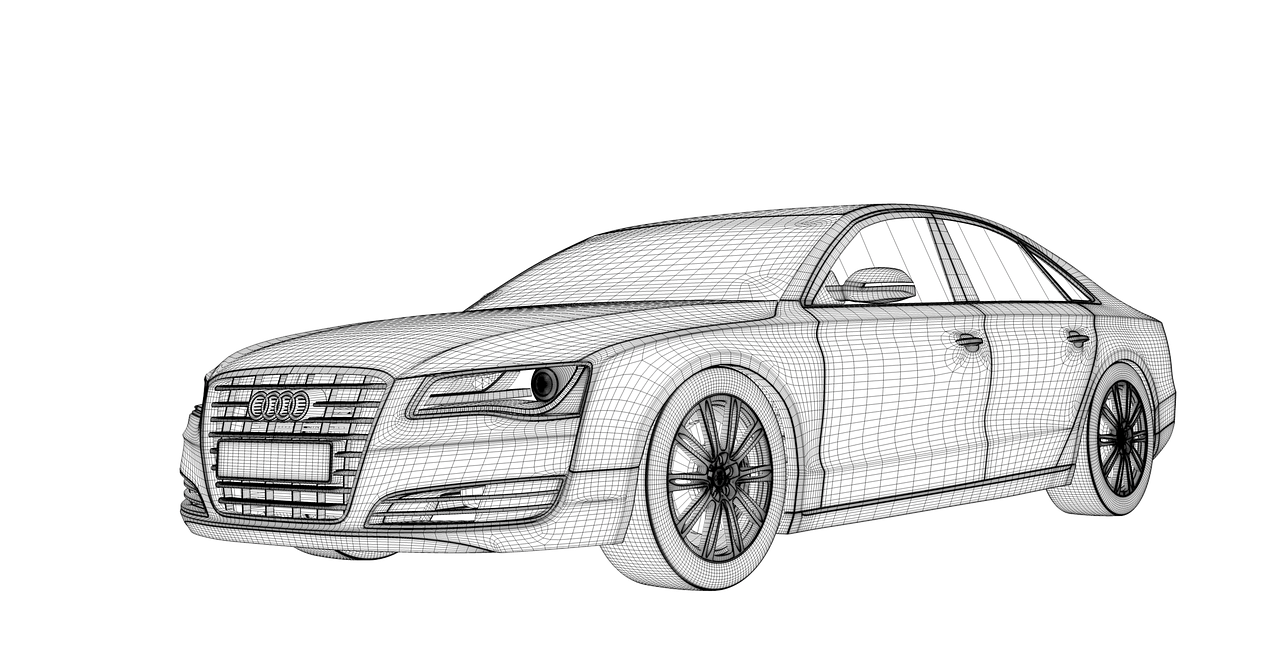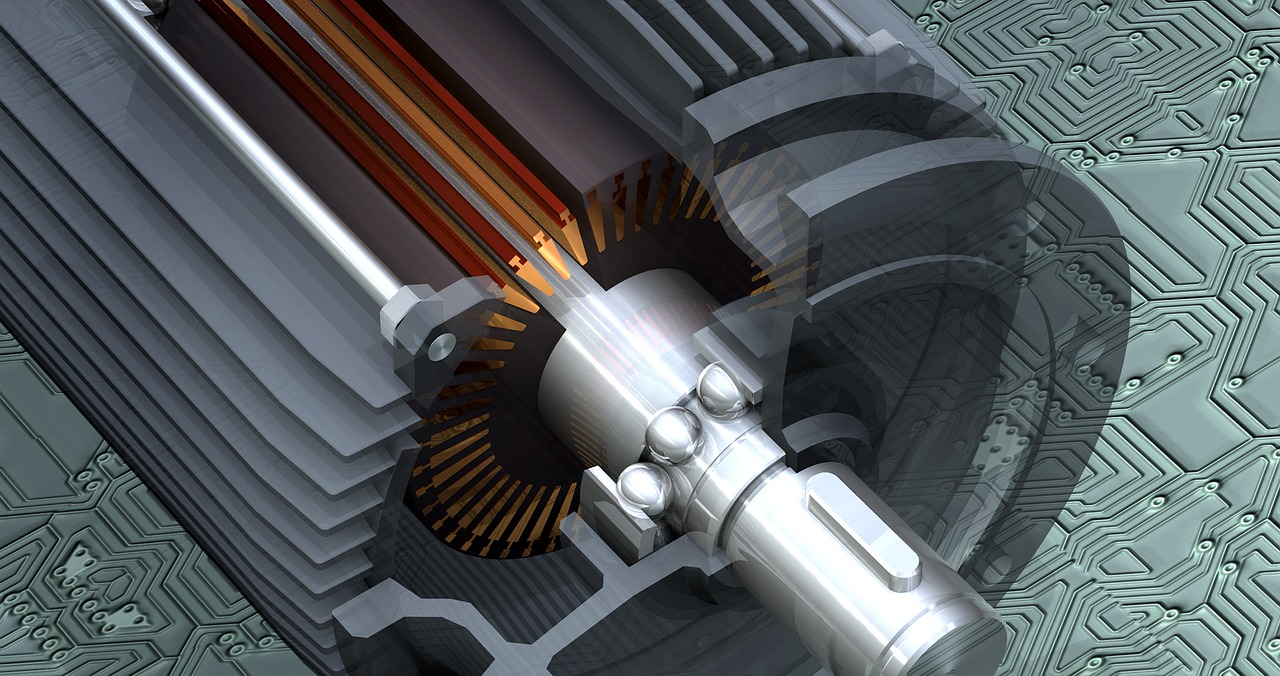Modified on
Understanding GD&T symbols and career opportunities in GD&T

Skill-Lync
This is the second part of a two-part series on GD&T, you can read the first part about the design basics of GD&T here.The conceptual basics of Geometric Dimensioning and Tolerancing are quite simple to understand. They revolve around two elementary concepts - the nominal value and the variation. The nominal value provides the theoretical dimensions if all things were perfect. Variation captures the error tolerance that is allowed.

An entire GD&T language is created based on the above concepts so that people working in the automotive supply chain, especially at the design stage, can understand them. This enables them to execute the necessary actions and avoid unnecessary assembly glitches and wastage, which was quite common before the creation of the globally accepted GD&T standards.
In this article, we will evaluate the types of GD&T symbols and their classifications meanings. We also look at career opportunities for freshers in the GD&T domain.
GD&T Symbols and Standards
In total, the existing GD&T standard consists of 14 symbols. These 14 symbols are categorized based on five broad types. The ASME Standard that has been followed mostly over the last decade is called the ASME Y14.5-2009.
In 2018, ASME, or the American Society of Mechanical Engineers, released a new version called the ASMEY14.5-2018. While interpreting GD&T symbols, it's crucial to know which standard is the basis. Interpretations can often change based on these standards since the use of a particular version is mostly voluntary.
Each of the 14 symbols is indicative of how to exercise control of a feature in a particular part. 'Feature' here is nothing but a geometric aspect. For example, the six faces of a cube can each be considered a feature.
The five different categories of symbols under the existing standard are as follows:
1. Form
The form category has four symbols:
- Straightness
- Flatness
- Circularity
- Cylindricity
These symbols are useful at the pre-machining stage as an initial reference and act as the datum for that particular part. Datum, in simple terms, is used as a baseline reference for creating another feature.
2. Orientation
The orientation category of symbols refers to the angle of the features. The types of symbols in the orientation category are as follows:
- Angularity
- Perpendicularity
- Parallelism
Angularity refers to angles between 0-89 degrees and 91-180 degrees, whereas perpendicularity refers to perpendiculars. For parallel surfaces, parallelism is a useful symbol.
These three symbols are not created independently. Rather, they are always in conjunction with some other features.
3. Location
Location symbols are amongst the most important. There are three location symbols in the 2009 GD&T standard:
- Position
- Concentricity
- Symmetry
Amongst these three, Position is the most commonly used. The Position symbol sets a baseline to control the axis of all features. It requires three datum references, one for surface orientation and two others for location control.
On the other hand, concentricity and symmetry are not as common. In fact, in the 2018 GD&T standard, these symbols have been removed. However, they are still occasionally in use and explained to professionals as they are present in the 2009 Standard.
4. Profile
Profile symbols deal with the number of dimensions. There are two types of profile symbols:
- Profile of a line
- Profile of a surface
The profile of a line is just a control along two dimensions, while the profile of a surface is for three dimensions. The curvature of a surface is controlled with the surface profile.
5. Runout
Runout symbols deal with the rotation about an axis. Runout symbols are of two types:
- Circular runout
- Total runout
If a particular part or feature of a part is not rotating along the axis that it is supposed to, the motion is called eccentric motion - technically referred to as runout.
Circular and total runout are symbols that capture the control on the eccentric motion. Both these symbols are used for cylindrical objects.
The difference is that the total runout is to predict the overall variation (a 3-dimensional capture) while circular runout captures the variation at a particular point, more akin to a 2-dimensional capture.
Careers in Geometric Dimensioning and Tolerancing

GD&T is much more than the symbols; its application goes beyond mathematics. It influences decisions and efficiencies across the manufacturing supply chain. GD&T is also a cross-functional concept that many individuals working across the industry should be aware of.
Quality Control
Firstly, quality checkers should be aware of the concepts of Geometric Dimensioning and Tolerancing as their integral job is to ensure quality. One of the aspects of quality is that parts should fit with each other.
Manufacturing
The persons involved in actual manufacturing should be aware of GD&T standards and how to apply them. They can provide their inputs if a part is difficult or expensive to make.
Design
Thirdly, people working at the design stage have to be aware of GD&T standards.
- They should know tolerancing - how to give tolerance to a particular feature.
- They should be aware of how to execute predictive and inferential tolerance analysis.
- Design engineers must learn how to interpret the results, including techniques such as tolerance stack-up.
Having the above skills can stand you in good stead for successful jobs in the United States and Canada, as most of such jobs are available in Northern America.
In Closing
GD&T roles carry a certain degree of complexity. Therefore, an entry-level role directly into the area is challenging. Furthermore, standard engineering curriculums do not cover such concepts in detail.
If you're interested in a career as a design engineer, an in-depth course in GD&T can help you navigate the various features and symbols as well as prepare you for the real-world application of the system.
Learn how GD&T actually works with Skill-Lync's comprehensive course taught by industry professionals.
Check out the List of Job opportunities for your Engineering domain
Author
Akhil VausdevH
Author

Skill-Lync
Subscribe to Our Free Newsletter

Continue Reading
Related Blogs
Explore the fundamentals of vehicle dynamics and ultimate trends in the field from design and modeling to control with Skill Lync's exclusive course on the subject. Read about how Skill-Lync's CAE courses can help you get employed.
28 Jul 2020
In this article, we will briefly discuss the working, applications, and features of the one-dimensional systematic simulation tool, GT-Power, in Emission Control Strategy, engine calibration, hybrid vehicle modeling. Read about how Skill-Lync's CAE courses can help you get employed.
28 Jul 2020
This article offers a brief introduction to the globally accepted standard of Geometric Dimensioning and Tolerancing, and its importance for the entire manufacturing process. Read about how Skill-Lync's CAE courses can help you get employed.
28 Jul 2020
In this blog we will read about Going a step into Biomechanics and how Skill-Lync's CAE course will help you get employed.
09 May 2020
The powertrain is the most prominent source of vibrations that affects the driving experience for the people on board. This blog from Skill-Lync examines these vibrations to help enhance that experience.
21 Aug 2020
Author

Skill-Lync
Subscribe to Our Free Newsletter

Continue Reading
Related Blogs
Explore the fundamentals of vehicle dynamics and ultimate trends in the field from design and modeling to control with Skill Lync's exclusive course on the subject. Read about how Skill-Lync's CAE courses can help you get employed.
28 Jul 2020
In this article, we will briefly discuss the working, applications, and features of the one-dimensional systematic simulation tool, GT-Power, in Emission Control Strategy, engine calibration, hybrid vehicle modeling. Read about how Skill-Lync's CAE courses can help you get employed.
28 Jul 2020
This article offers a brief introduction to the globally accepted standard of Geometric Dimensioning and Tolerancing, and its importance for the entire manufacturing process. Read about how Skill-Lync's CAE courses can help you get employed.
28 Jul 2020
In this blog we will read about Going a step into Biomechanics and how Skill-Lync's CAE course will help you get employed.
09 May 2020
The powertrain is the most prominent source of vibrations that affects the driving experience for the people on board. This blog from Skill-Lync examines these vibrations to help enhance that experience.
21 Aug 2020
Related Courses
